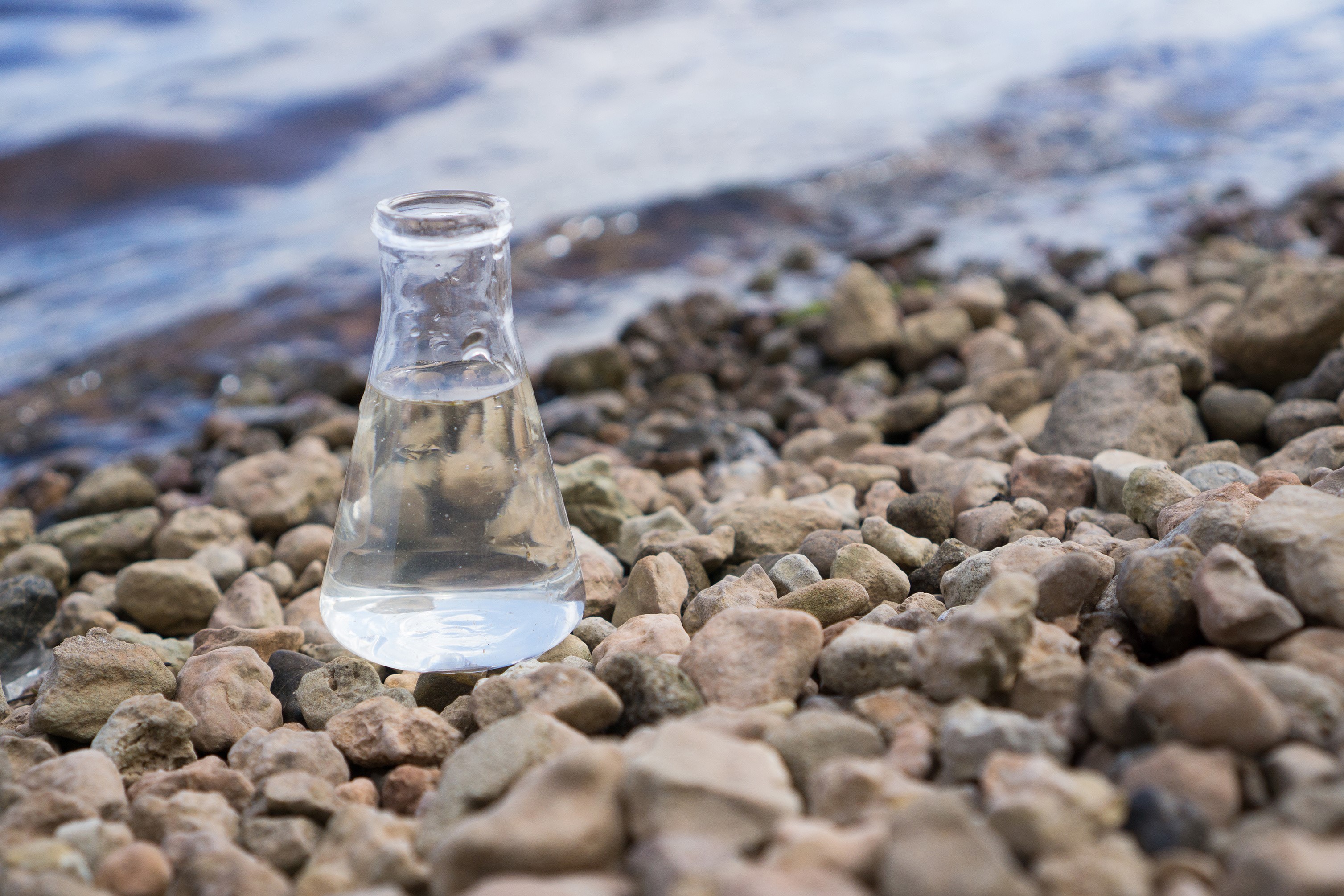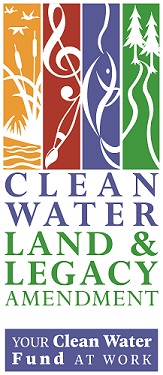Source Water Protection (SWP)
- SWP Home
- Protecting Drinking Water Sources
- SWP Requirements and Recommendations
- SWP Grants
- Groundwater Protection Initiative - Accelerated Implementation Grant
- SWP Awards
- Laws and Rules
- SWP Web Map Viewer
- Surface Water Program
- SWP Reports and Data
- SWP Implementation Resources
- Source Water Assessments
- Stories from the Source
Related Topics
- Water: Business and Government
- Drinking Water Information for Consumers
- Water Testing and Data Reports
- Minnesota Well Index
- Clean Water Fund
Environmental Health Division
Drinking Water Ambient Monitoring Program

About the program
The Drinking Water Ambient Monitoring Program (DWAMP) aims to establish ongoing, permanent monitoring capacity for contaminants of emerging concern (CECs) and other priority contaminants in drinking water sources across the state. As individuals and industries use thousands of chemicals that can end up in water resources, this program will help us understand where these contaminants occur and at what levels. The goals of this program are to address concerns about public health exposure to CECs and support data-driven water resource management decisions by characterizing water quality conditions in drinking water sources.
Ambient monitoring refers to ongoing, proactive monitoring of drinking water sources in the environment, and is supplemental to our standard procedures implemented under the Safe Drinking Water Act. To learn more, please visit Basics of Monitoring and Testing of Drinking Water in Minnesota.
DWAMP is made possible by the Clean Water Fund.
Results
Annual sampling is currently in progress. Reports for 2025 will be posted here when data analysis is complete.
2024 reports
- 1,4-Dioxane Monitoring 2024 (PDF)
- Surface Water Monitoring 2024 (PDF)
- Watershed Characterization: Root River, Yellow Medicine, and North Fork of the Crow 2024 (coming soon)
- CEC Horizon Scanning: PFAS and Pesticides 2024 (coming soon)
To learn more about DWAMP, please view our factsheet Drinking Water Ambient Monitoring Program (PDF) and email us with any questions at DWAMP.mdh@state.mn.us.
Past projects
The Unregulated Contaminants Monitoring Project
In this project, the Minnesota Department of Health (MDH) tested for unregulated contaminants and CECs in drinking water sources across the state. For a summary of the project results, see Unregulated Contaminants Monitoring Project Summary (PDF). Additional detail on the project methods and results can be found in the Data Summary Report (PDF).
While the project tested for a wide spectrum of CECs, only a fraction of them were detected in drinking water. Very few detections were above health-based guidance values for CECs. Where results exceeded guidance values, MDH and community water systems conducted additional sampling and took follow-up actions as needed to address any potential risks.
MDH used the results from this study to nominate CECs for development of health-based guidance values through its CEC Initiative.
Funding for this project was provided by the Minnesota Environment and Natural Resources Trust Fund as recommended by the Legislative-Citizen Commission on Minnesota Resources (LCCMR). Additional project funding was provided by the Clean Water Fund.
The Statewide PFAS Monitoring Project
MDH tested Community Water Systems (CWSs) across the state for per- and polyfluoroalkyl substances (PFAS). The goal of this project was to evaluate whether Minnesotans are exposed to PFAS at levels above guidance values in drinking water. PFAS are commonly called 'forever chemicals' because they do not break down in the environment.
MDH has developed an Interactive Dashboard for PFAS Testing in Drinking Water for the public to access PFAS testing data and information from this project. The dashboard includes information about CWSs’ PFAS testing results and whether their results are below or above available health-based guidance values.
The Statewide PFAS Monitoring Project has been made possible through funding from the Clean Water Fund and U.S. Environmental Protection Agency as well as the support of participating public water systems.
More about contaminants in drinking water
Under the federal Safe Drinking Water Act (SDWA), U.S. Environmental Protection Agency (EPA) establishes drinking water quality standards. These are called Maximum Contaminant Levels (MCLs). MCLs are enforceable limits for water delivered by public water systems. EPA has established MCLs for approximately 100 contaminants.
Contaminants that do not have MCLs are unregulated contaminants. There are no enforceable standards for unregulated contaminants under the SDWA. Many of these unregulated contaminants have not been evaluated for the risks they pose to human health or the environment.
We call unregulated contaminants CECs when they pose concerns, either because they have been newly discovered in the environment or because we are learning more about their effects on public health or the environment. CECs can be naturally occurring or man-made.
Learn more about current MDH projects surrounding CECs in drinking water at Strategic Initiatives.
